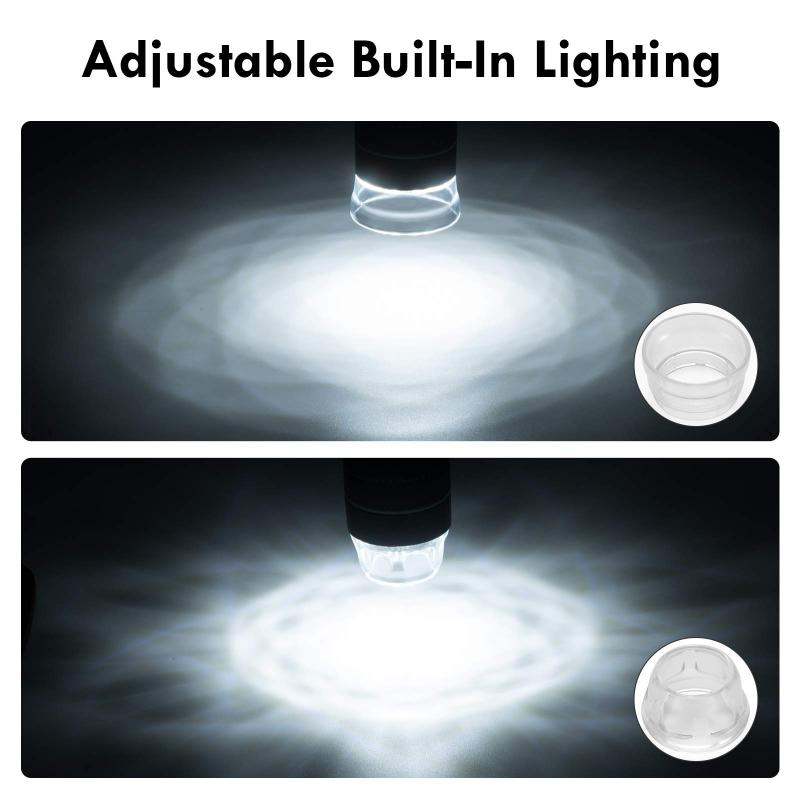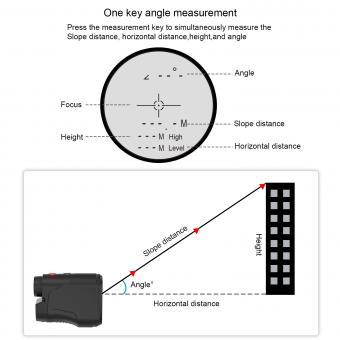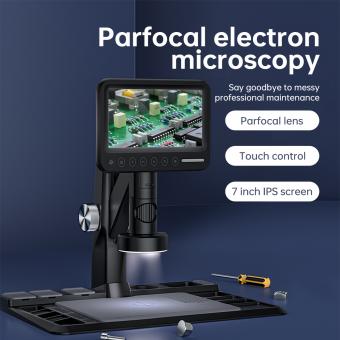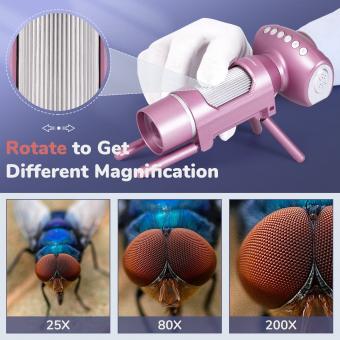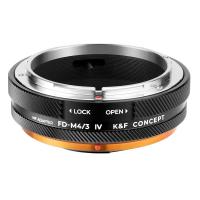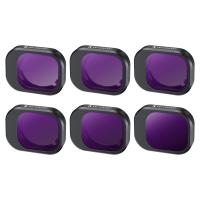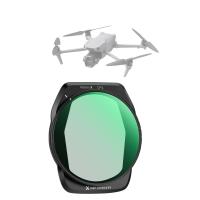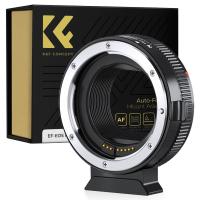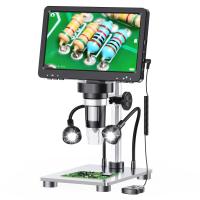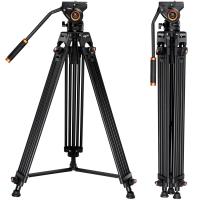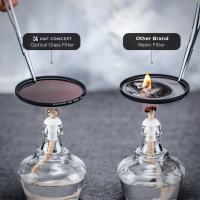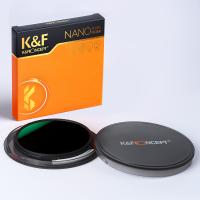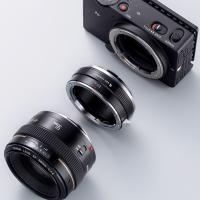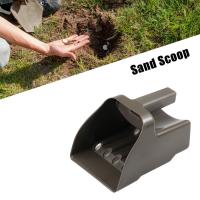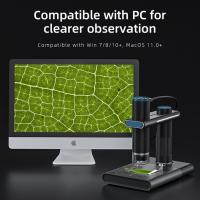How To Calibrate Microscope Stage Micrometer ?
To calibrate a microscope stage micrometer, follow these steps:
1. Place the stage micrometer on the microscope stage and secure it in place.
2. Adjust the microscope's focus until the micrometer's markings are clear and in focus.
3. Locate the zero mark on the micrometer scale and align it with the microscope's crosshairs or reticle.
4. Move the stage so that the crosshairs align with a known distance on the micrometer scale, such as 1 mm.
5. Calculate the magnification factor by dividing the known distance on the micrometer scale by the distance covered by the crosshairs on the microscope stage.
6. Repeat the process for multiple known distances on the micrometer scale to ensure accuracy.
7. Record the magnification factor for future reference.
By calibrating the microscope stage micrometer, you can accurately measure distances and sizes of objects observed under the microscope.
1、 Understanding the microscope stage micrometer
Understanding the microscope stage micrometer is essential for accurate measurements in microscopy. The stage micrometer is a calibration tool that consists of a glass slide with a precise scale etched onto its surface. It is used to calibrate the eyepiece reticle or graticule, allowing for accurate measurements of objects under the microscope.
To calibrate the microscope stage micrometer, follow these steps:
1. Place the stage micrometer on the microscope stage and secure it in place.
2. Focus the microscope on the scale of the stage micrometer using the lowest magnification objective lens.
3. Align the eyepiece reticle or graticule with the scale of the stage micrometer.
4. Determine the number of divisions on the eyepiece reticle that correspond to a known distance on the stage micrometer. This can be done by counting the number of divisions that span a known distance on the stage micrometer.
5. Calculate the value of each division on the eyepiece reticle by dividing the known distance on the stage micrometer by the number of divisions on the eyepiece reticle.
6. Record this value for future measurements.
It is important to note that the calibration of the microscope stage micrometer should be done periodically to ensure accuracy. Additionally, advancements in technology have led to the development of digital microscopes with built-in calibration features, making the calibration process more automated and precise.
In conclusion, understanding how to calibrate the microscope stage micrometer is crucial for accurate measurements in microscopy. By following the steps outlined above, researchers can ensure that their measurements are precise and reliable.
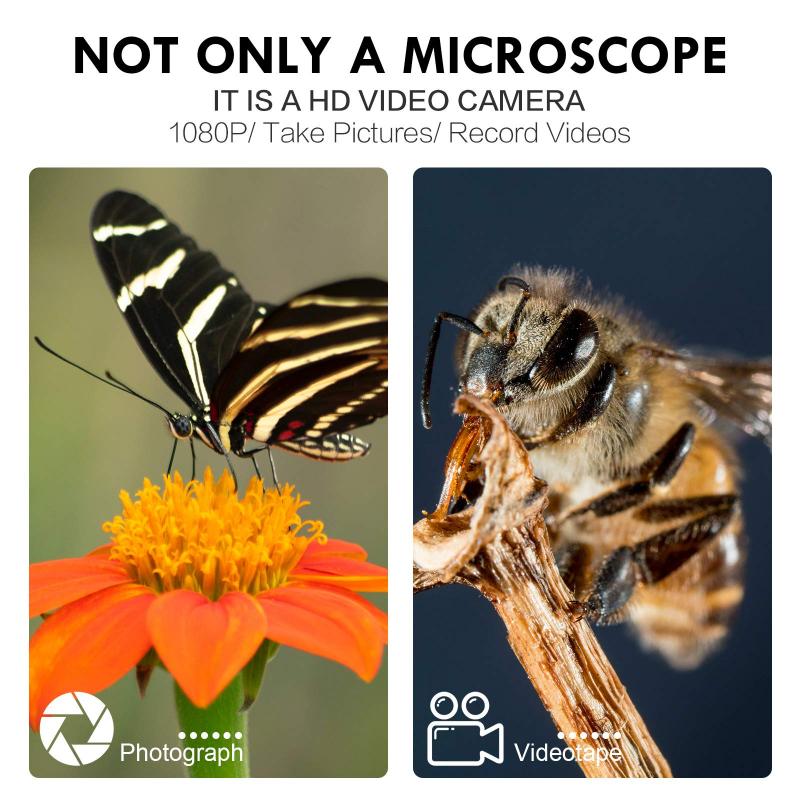
2、 Preparing the microscope for calibration
To calibrate a microscope stage micrometer, you need to follow a few steps. Here is a guide on how to prepare the microscope for calibration:
1. Clean the microscope: Before starting the calibration process, ensure that the microscope is clean and free from any debris or dust. Use a soft cloth or lens paper to wipe the lenses and the stage.
2. Set up the microscope: Place the microscope on a stable surface and adjust the lighting to ensure proper illumination. Make sure the microscope is properly aligned and focused.
3. Insert the stage micrometer: The stage micrometer is a glass slide with a known scale etched onto it. Carefully place the stage micrometer onto the microscope stage, ensuring that it is centered and aligned with the microscope's field of view.
4. Focus on the micrometer scale: Adjust the focus knobs to bring the micrometer scale into sharp focus. Use the fine adjustment knob to achieve precise focus.
5. Determine the calibration factor: Using the eyepiece graticule or a reticle, measure the distance between two known points on the micrometer scale. Calculate the calibration factor by dividing the known distance by the measured distance.
6. Record the calibration factor: Once you have determined the calibration factor, record it for future reference. This factor will be used to measure objects under the microscope accurately.
7. Repeat the process: It is recommended to repeat the calibration process at least three times to ensure accuracy and consistency. Take the average of the calibration factors obtained to minimize any errors.
It is important to note that the specific steps for calibrating a microscope stage micrometer may vary depending on the microscope model and manufacturer's instructions. Always refer to the microscope's user manual for detailed instructions and any additional recommendations.
In recent years, advancements in technology have led to the development of digital microscopes that offer automated calibration features. These microscopes use software algorithms to calibrate the stage micrometer, eliminating the need for manual measurements. This can save time and improve accuracy in the calibration process. However, traditional manual calibration methods are still widely used and provide reliable results when performed correctly.
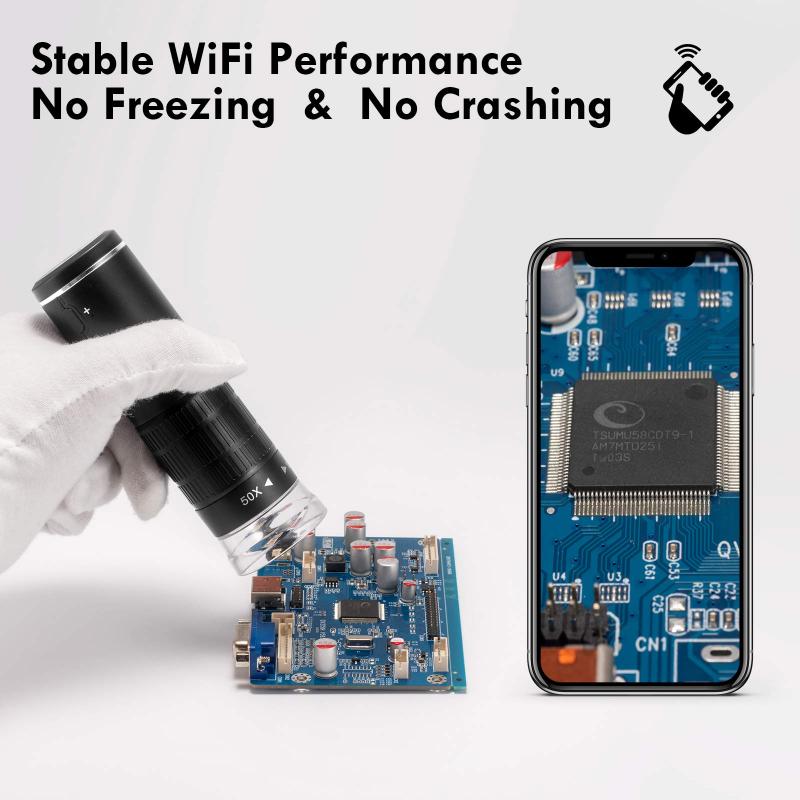
3、 Measuring the stage micrometer using the microscope
To calibrate a microscope stage micrometer, follow these steps:
1. Place the stage micrometer on the microscope stage and secure it in place.
2. Adjust the microscope's focus until the lines on the stage micrometer are clear and in focus.
3. Use the microscope's eyepiece reticle to measure the distance between two lines on the stage micrometer. The eyepiece reticle is a small ruler-like scale that can be adjusted to match the scale of the stage micrometer.
4. Record the measurement obtained from the eyepiece reticle.
5. Repeat the measurement at different points on the stage micrometer to ensure accuracy.
6. Calculate the magnification factor by dividing the known distance between two lines on the stage micrometer by the measured distance obtained from the eyepiece reticle.
7. Adjust the microscope's calibration knob or software settings to match the calculated magnification factor.
8. Verify the calibration by measuring known distances on the stage micrometer and comparing them to the expected values.
9. Make any necessary adjustments to the calibration until the measured distances match the expected values.
It is important to note that the latest point of view on calibrating a microscope stage micrometer involves the use of digital imaging software. Some microscopes now come with built-in software that allows for automatic calibration using image analysis algorithms. This eliminates the need for manual measurements and calculations, providing a more accurate and efficient calibration process. Additionally, advancements in technology have led to the development of stage micrometers with higher precision and accuracy, further enhancing the calibration process.
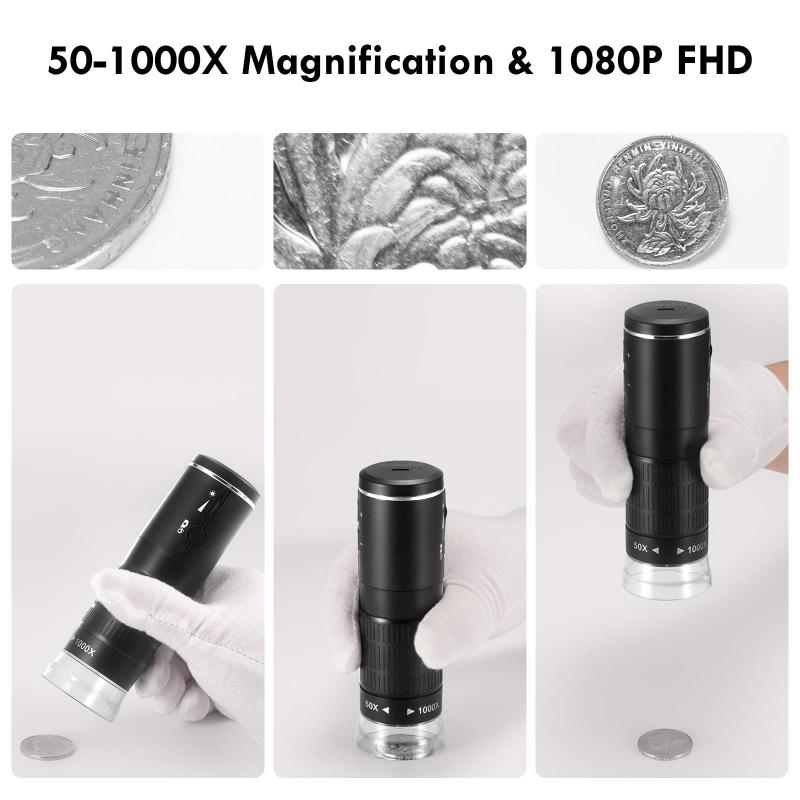
4、 Calculating the calibration factor for the microscope
To calibrate a microscope stage micrometer, you need to calculate the calibration factor for the microscope. This factor allows you to accurately measure the size of objects under the microscope.
Here is a step-by-step guide on how to calibrate the microscope stage micrometer:
1. Start by placing the stage micrometer on the microscope stage. The stage micrometer is a glass slide with a scale etched onto it, usually in millimeters or micrometers.
2. Adjust the microscope's focus until the scale on the stage micrometer is clear and in focus.
3. Using the microscope's eyepiece graticule, align the zero mark on the graticule with the zero mark on the stage micrometer. The eyepiece graticule is a small ruler-like scale that is visible through the microscope's eyepiece.
4. Move the stage micrometer so that a known distance on the scale aligns with a specific number on the eyepiece graticule. For example, if the stage micrometer has a known distance of 1 mm and it aligns with the number 10 on the eyepiece graticule, note this down.
5. Repeat step 4 for multiple known distances on the stage micrometer, ensuring that you cover a range of distances.
6. Calculate the calibration factor by dividing the known distance on the stage micrometer by the corresponding number on the eyepiece graticule. For example, if the known distance is 1 mm and it aligns with the number 10 on the eyepiece graticule, the calibration factor would be 1 mm / 10 = 0.1 mm.
It is important to note that the calibration factor may vary depending on the magnification used on the microscope. Therefore, it is recommended to repeat this calibration process for different magnifications to obtain accurate measurements.
In recent years, advancements in digital microscopy have introduced software-based calibration methods. These methods utilize image analysis algorithms to measure the scale on the stage micrometer and calculate the calibration factor automatically. This eliminates the need for manual calculations and provides more precise results. However, it is still essential to verify the accuracy of the calibration factor periodically by comparing it with a known standard.
